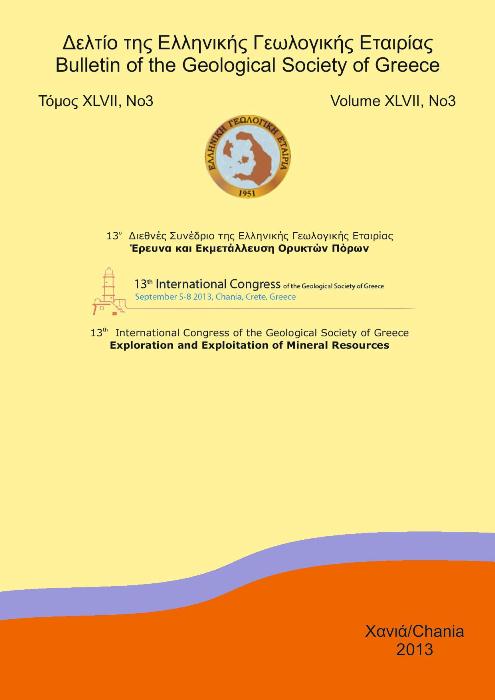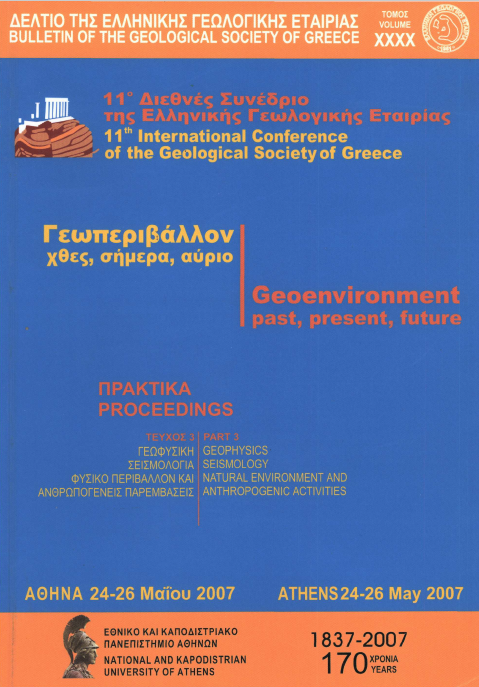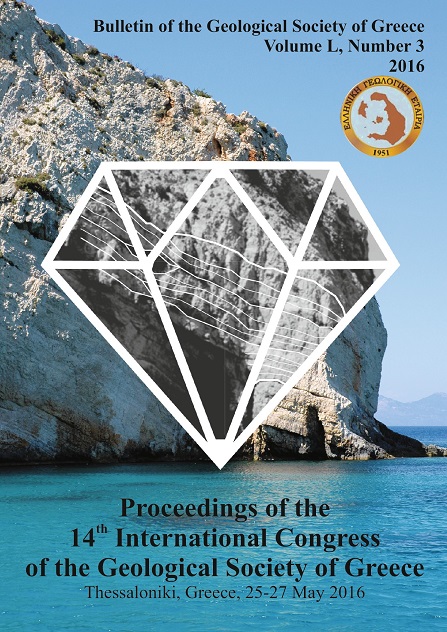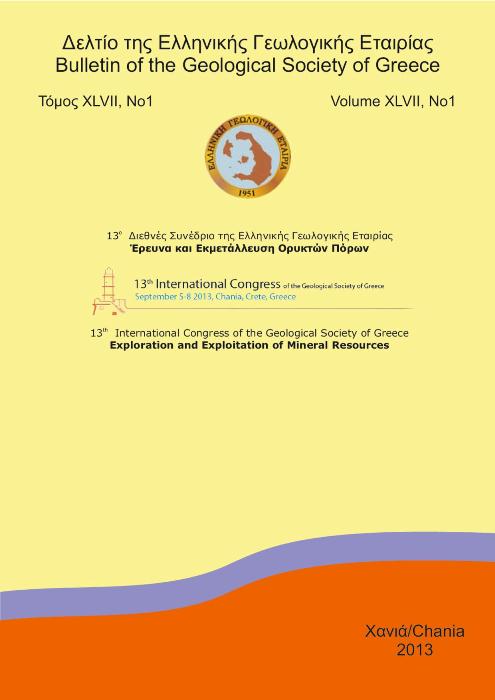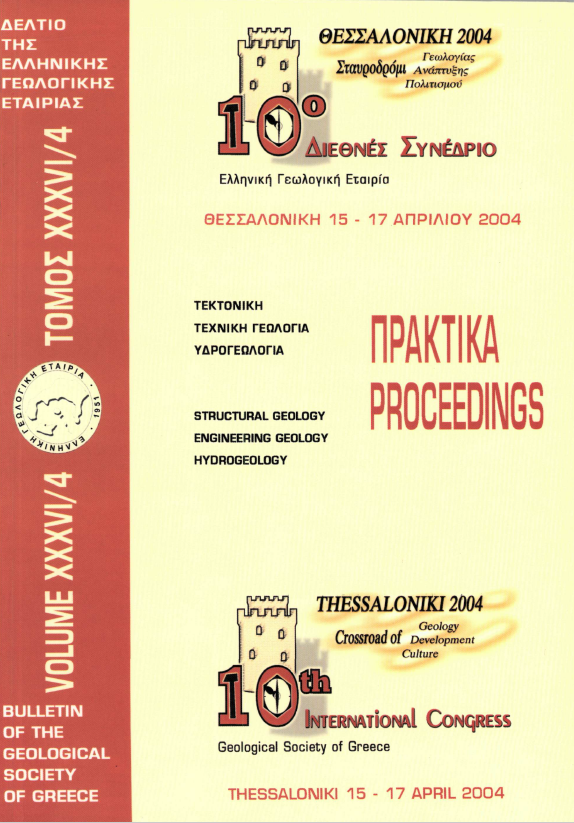The earthquake intervent time distribution along the Hellenic subduction Zone.
Résumé
The Hellenic Subduction Zone (HSZ) is the most seismically active region in Europe (Becker and Meier, 2010). The evolution of such an active region is characterized by complex phenomenology and is expressed through seismicity. Seismicity temporal patterns remain as one of the most important topics in earth sciences. The Weibull distribution has been used as a recurrence time model for large earthquakes (Rikitake, 1976; Rikitake, 1991). Moreover,Hasumi et al. (2009) used the Weibulllog Weibull distribution for the study of the interoccurrence times of earthquakes in Japan.The dataset formed in this study concerns the seismic belt of the HSZ during the period 1976-2009. We use the external seismic sources of shallow earthquakes in the Aegean and the surrounding area (Papaioannou and Papazachos, 2000) along with the updated and extended earthquake catalogue for Greece and adjacent areas (Makropoulos et al., 2012).The application of the Weibull distribution to the interevent times of the formed dataset is analyzed and discussed.
Article Details
- Comment citer
-
Papadakis, G., Vallianatos, F., & Michas, G. (2013). The earthquake intervent time distribution along the Hellenic subduction Zone. Bulletin of the Geological Society of Greece, 47(3), 1194–1200. https://doi.org/10.12681/bgsg.10975
- Rubrique
- Articles

Ce travail est disponible sous licence Creative Commons Attribution - Pas d’Utilisation Commerciale 4.0 International.
Authors who publish with this journal agree to the following terms:
Authors retain copyright and grant the journal right of first publication with the work simultaneously licensed under a Creative Commons Attribution Non-Commercial License that allows others to share the work with an acknowledgement of the work's authorship and initial publication in this journal.
Authors are able to enter into separate, additional contractual arrangements for the non-exclusive distribution of the journal's published version of the work (e.g. post it to an institutional repository or publish it in a book), with an acknowledgement of its initial publication in this journal. Authors are permitted and encouraged to post their work online (preferably in institutional repositories or on their website) prior to and during the submission process, as it can lead to productive exchanges, as well as earlier and greater citation of published work.

